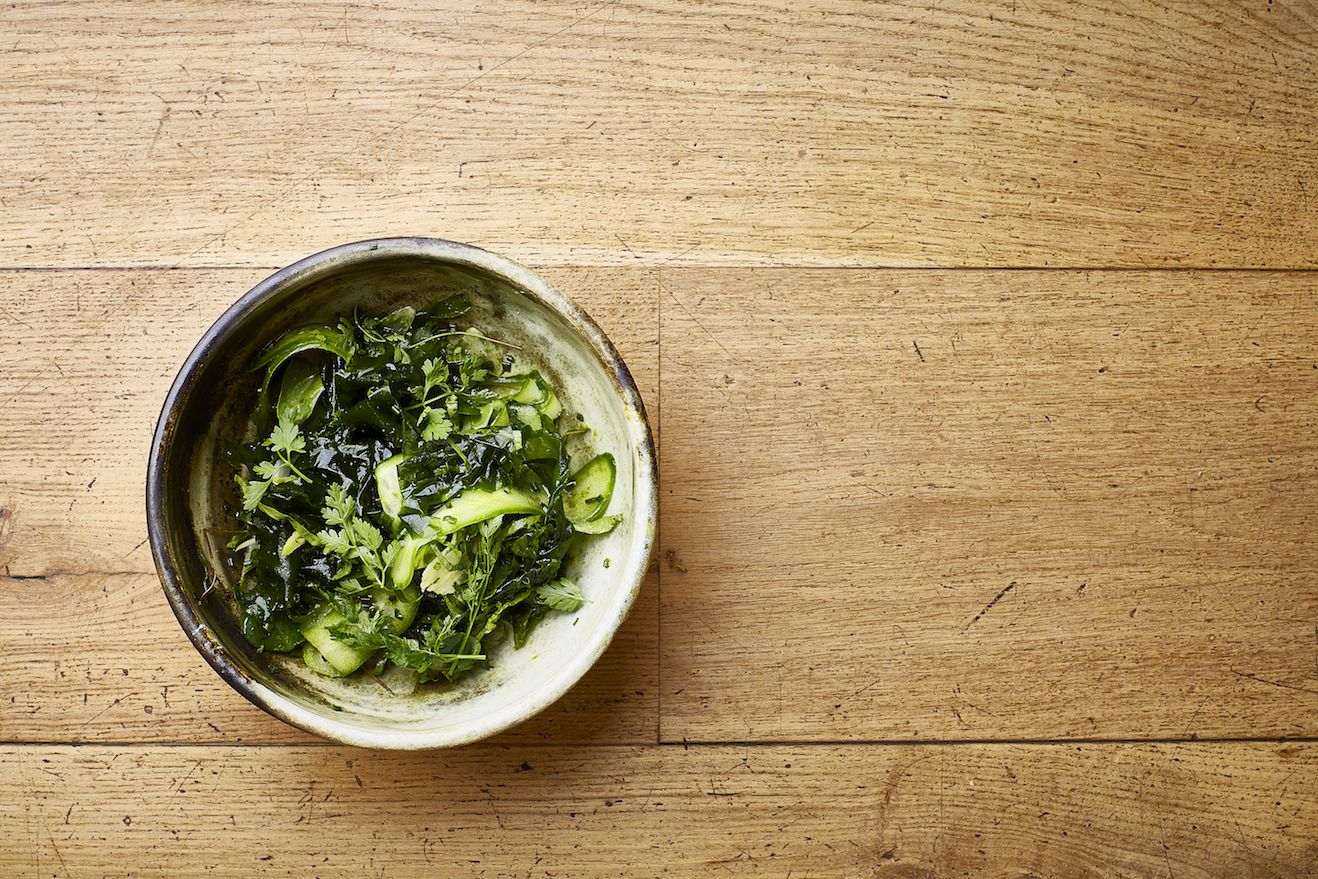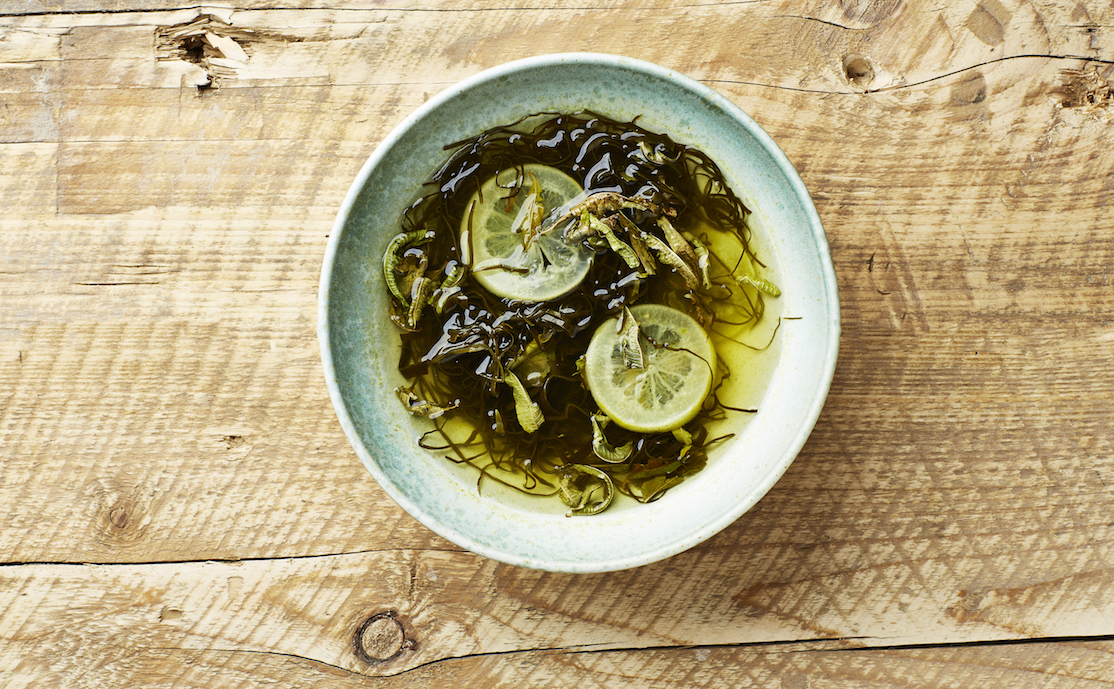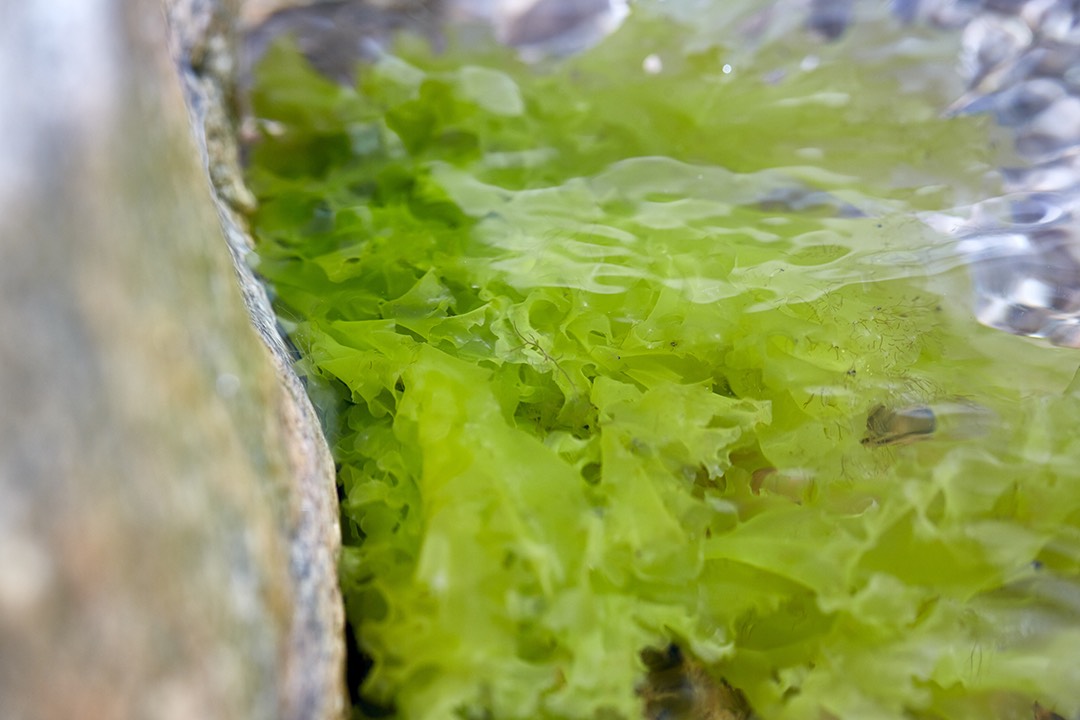
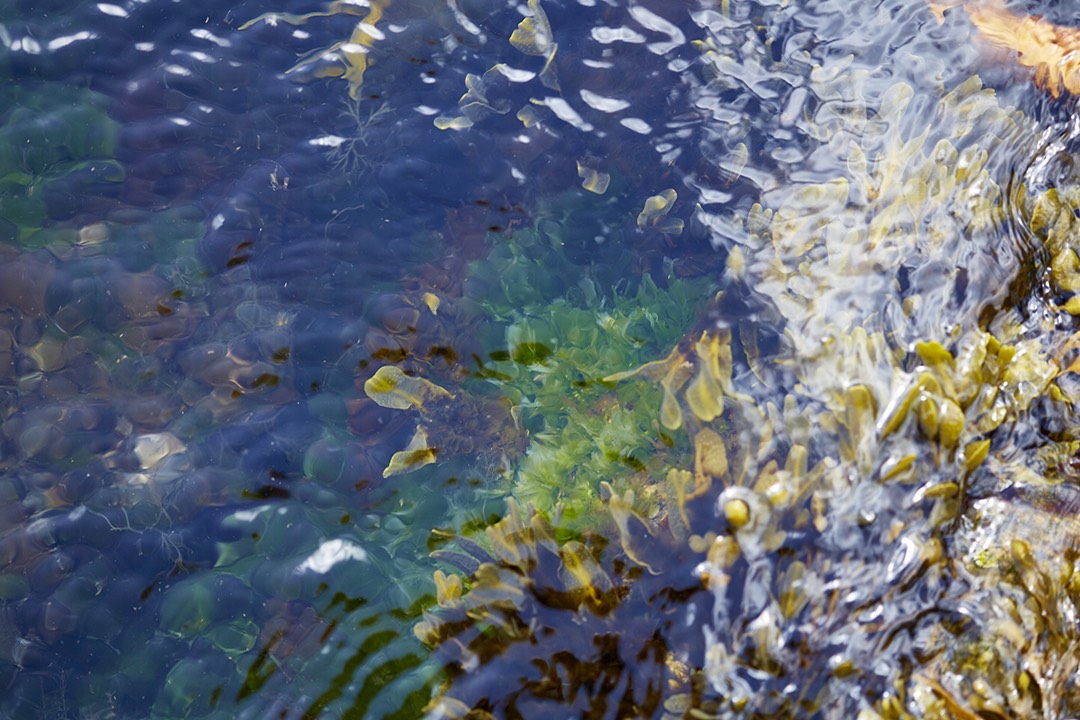
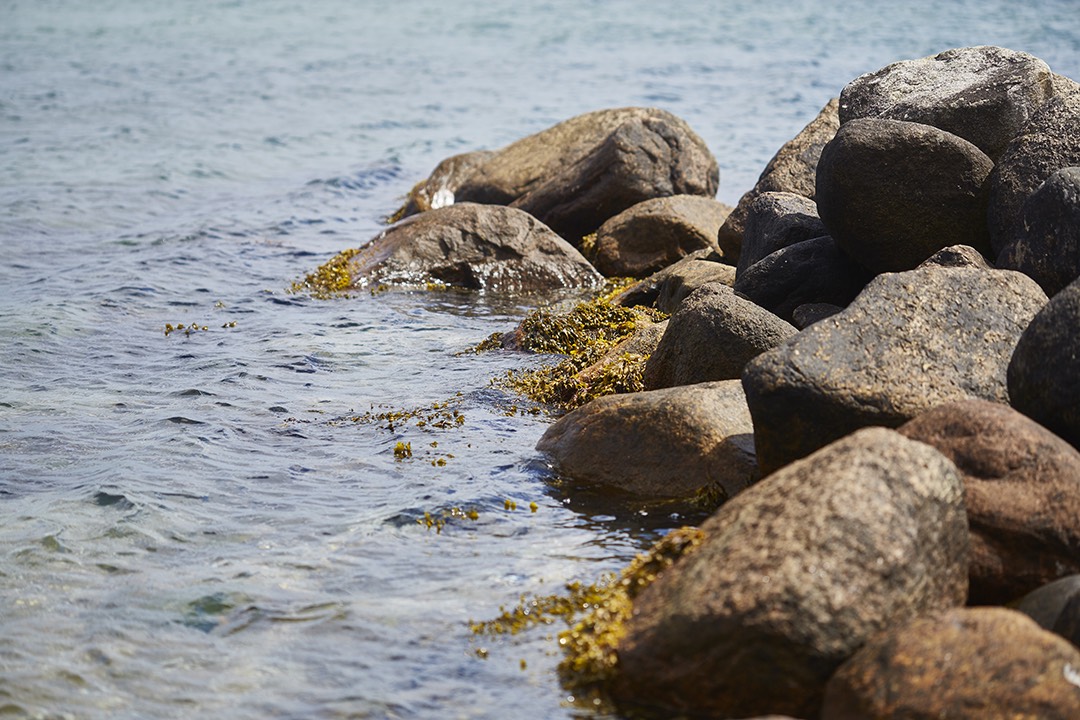
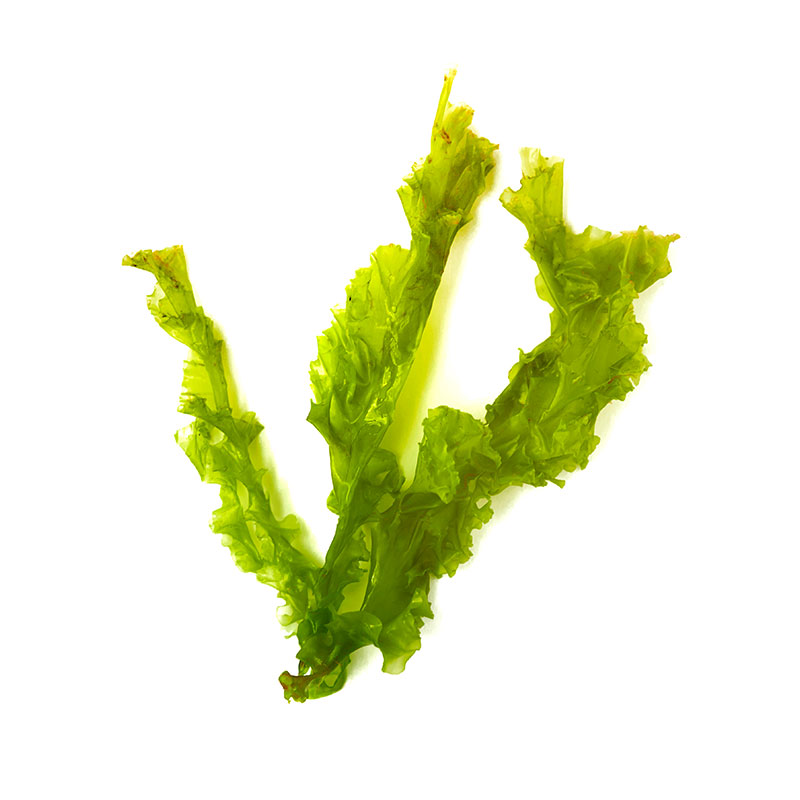
Sea lettuce
Sea lettuce is a tasty green algae that looks just like its namesake. It prefers less salty water, so look for it further inland in Denmark's fjords, where it grows on rocks or floats freely in the water.
-
Where to find it
Like other seaweeds, sea lettuce can grow on rocks, but it is also wholly capable of living as a free-floating mass in open water. Seeking shelter from the wind and currents, free floating lettuce prefers shallow coastal waters, especially if they are nutrient rich. In fact, an unusually large amount of sea lettuce in one spot may be an indication that there’s a sewage pipe nearby.
The beach.
-
When to find it
Sea lettuce tastes best in early spring. At the end of summer, it forms spores and turns a yellowish color before finally decomposing.
Leaves: April, May, June, July, August.
-
How to Spot It
Sea lettuce looks like a large bunch of curly-leaf lettuce. The free-floating version that bobs on the ocean waves can develop giant leaves up to a square meter in size. The leaves of sea lettuce that anchors directly onto underwater rocks are much smaller; rarely do they exceed 20 cm in length.
-
How to Pick It
It is best to pick fresh leaves directly from the rocks.
Risk of misidentifying the plant
There is no risk of mistaking the plant for another dangerous or undesirable plant.


